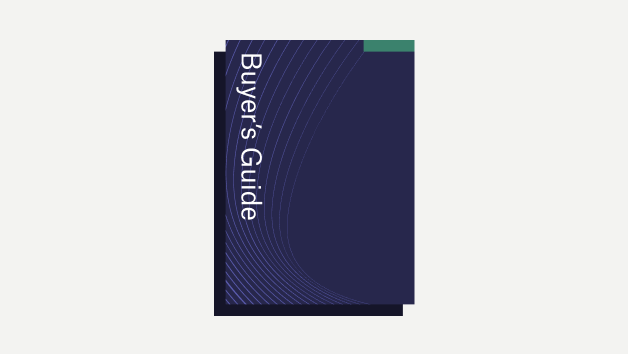Maintaining a competitive advantage in warfare is essential and leveraging the vast amount of information collected by connected Internet of Things (IoT) devices can accomplish the same. GlobalData.
Discover the leading IoT military companies in air defence
Using its intel, insights and extensive experience in the sector, Airforce Technology has listed some of the leading companies offering products and services related to IoT in military applications.
The information provided in the download document is drafted for IoT architects, product security consultants, cyber IoT specialists, and IoT software engineers involved in the aerospace and defence sector.
The download contains detailed information on suppliers and their product offerings, as well as contact details to aid purchase or hiring decisions.
Amongst the leading providers of IoT airforce solutions are DXC Technology, Elbit Systems, Hanwha, L3 Harris, Leonardo, Lockheed Martin, Northrop Grumman, Palantir, Rafael, and Raytheon.
Challenges to the implementation of IoT in military applications
Cybersecurity
Challenges related to security hinder the full-scale deployment of airforce IoT solutions as connected devices remain vulnerable to cyberattacks. IoT devices such as sensors, unmanned systems, and other devices provide a wealth of information for the airforce, including command and control, situational awareness and intelligence gathering. These devices, however, can also serve as entry points for cyberattacks impacting the cybersecurity defence solutions implemented by the airforce.
Devices that use radio frequencies for communications, for example, can be attacked and jammed rendering them useless. Wireless communication devices can also be susceptible to electronic eavesdropping.
Interoperability
Interoperability between various IoT devices used in the airforce can help in information sharing, and multi-domain operations, apart from enabling joint warfare. It helps different devices to communicate seamlessly and enables operators to connect different systems easily.
The network standards, platforms and connectivity methods of IoT devices, however, are not uniform, which impacts the information-sharing ability on the battlefield. Increased interoperability may also increase the vulnerability of the devices to cyberattacks.
Modularity and flexibility
IoT devices need to be designed in a modular and flexible way that enables them to be upgraded and modified as new technologies emerge. Replacing or adding smaller parts and components is cheaper and faster than upgrading an entire system.
Energy consumption
The energy consumption of IoT devices is another challenge that needs to be addressed for their adoption in the aerospace and defence sector. IoT devices will be rendered useless if they run out of power and therefore need to be designed to be more energy efficient.
Research is ongoing on the development of IoT devices that are powered by batteries and solar power and can be charged on the move through solar panels or piezoelectric transducers.
Lack of skilled personnel
The lack of experienced and skilled personnel trained in handling IoT systems and platforms can impact the military’s ability to use IoT technologies and gather data and insights. Some senior air force officers may not have sufficient knowledge of these technologies and may also be unwilling to completely rely on them.

